Oregon Lighthouses
Oregon Lighthouses light the way for ships along coast from Tillamook Oregon, in the north on down to Brookings Oregon in the south.
There are 11 lighthouses on the Oregon coast, one Willamette River and one on the Columbia River. So far, I have only been to the ones you see here. Three, Yaquina Head, Yaquina Bay and Haceta Head can be easily photographed in one day.
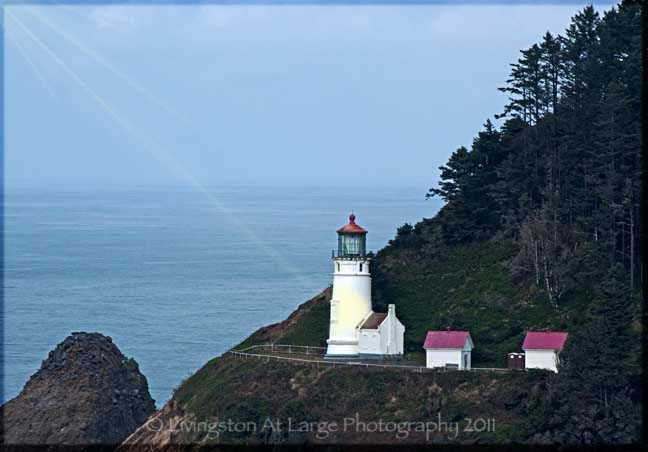
If you are fond of HDR Photography, Oregon lighthouses are for you!
There are many styles of lighthouses. Some are public, some are private, some are state parks and some are national landmarks. This means some require fees to get in.
Here is a listing of the Oregon lighthouses in order north to south.
• Tillamook Rock Lighthouse - Seaside/Cannon Beach (deactivated)
• Cape Meares Lighthouse - Tillamook/Oceanside (deactivated)
• Yaquina Head Lighthouse– Newport (National Park)
• Yaquina Bay Lighthouse - Newport (State Park)
• Cleft of the Rock Lighthouse - Yachats (private)
• Heceta Head Lighthouse - Florence (State Park)
• Umpqua River Lighthouse - Winchester Bay
• Cape Arago Lighthouse - Coos Bay (deactivated)
• Coquille River Lighthouse - Bandon (deactivated)
• Cape Blanco Lighthouse - Port Orford
• Port of Brookings Lighthouse-Brookings (private) (AKA Pelican Bay Lighthouse)
• Warrior Rock Lighthouse: Oregon's smallest lighthouse, it is on the Columbia River near Portland
• Willamette River Lighthouse: Formerly the lighthouse at the mouth of the Willamette River near the Columbia
Cape Meares Lighthouse
I was very happy to finally get up to the Cape Meares lighthouse. I had seen pictures of it and knew it was a lovely little thing. I was not disappointed.
When you start down the trail the lamp is immediately in sight.
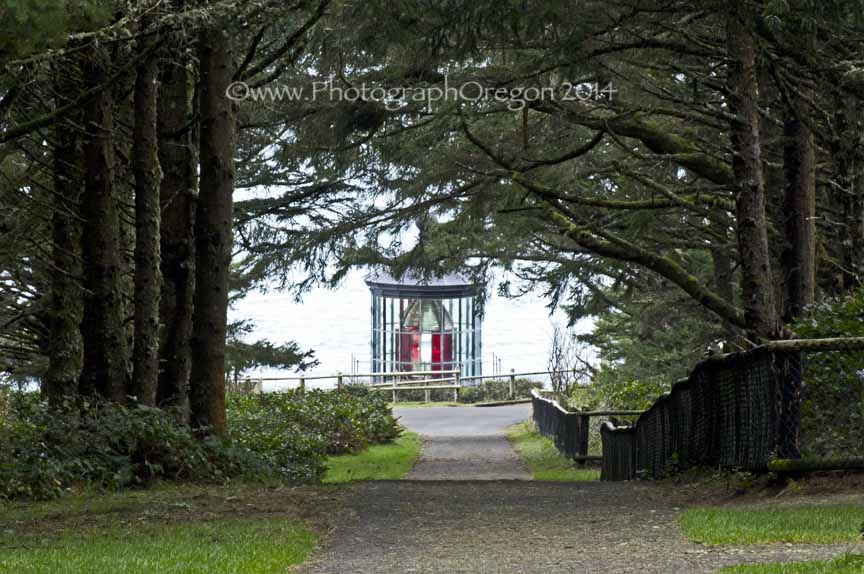
As you go down the trail there are lookouts for the rocks where the Meres live, we were there in the winter so they weren't in sight.
On the other side as you go back up the trail there are some great places to get shots of the Three Arches Rocks. The weather was getting bad so the images are not great, but I was still happy to get them.
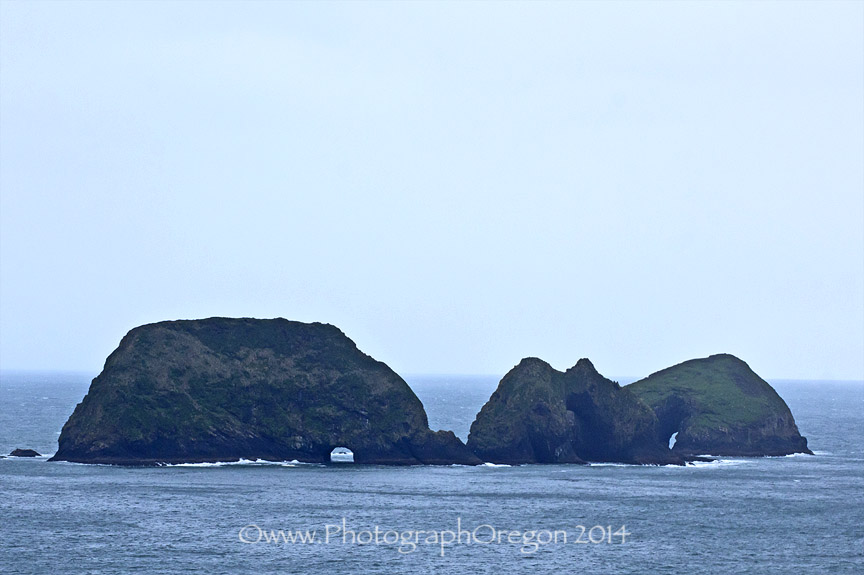
History
The Cape Meares lighthouse was first lit on January 1, 1890. The 38ft tall lighthouse is the shortest of the Oregon lighthouses but because of it's placement on the cliff the light can be seen for 21 miles. It's octagonal tower is made of sheet iron lined with bricks, the only one on the Oregon coast constructed this way.
The original lighthouse complex had two keeper's houses, two oil houses, and two cisterns. It was connected to the light by a 1,000 feet of boardwalk.
Originally Cape Meares was named Cape Lookout in 1788 by explorer Captain John Meares.
Nautical charts made in 1850 and 1853 mistakenly put the name on another cape located ten miles to the south. Eventually the mistake was discovered but by then, Cape Lookout was being widely used by mariners under that name.
An officer, George Davidson, with the Coast Survey, decided it would be much easier to rename the location than correct the maps so in 1857 he in fact, renamed it Cape Meares after the explorer.
The Cape Meares lighthouse carries a first-order, Fresnel lens, made in France.
It is colorful and fun to photograph.
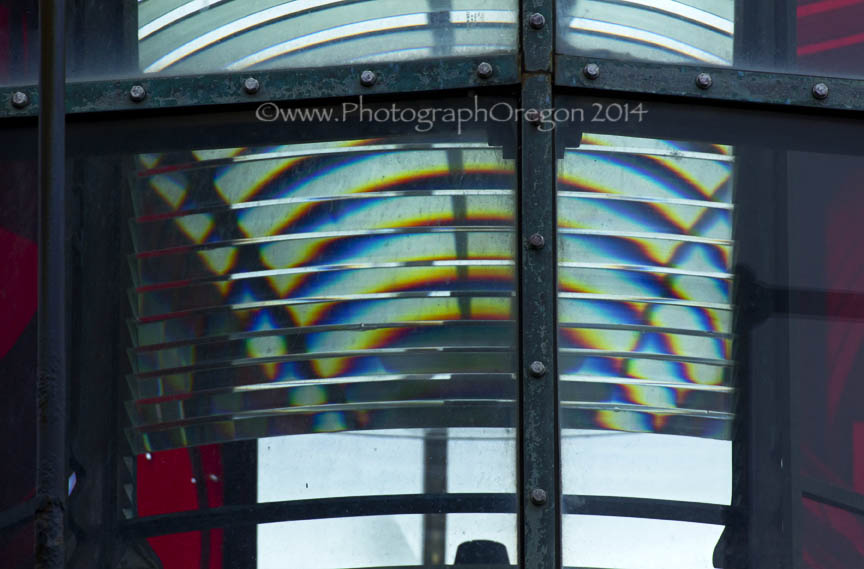
It was shipped around Cape Horn to Cape Meares. Local spruce trees were used to make a hand-operated crane to lift the crates holding the prisms of the one ton lens up the side of the 200 foot cliff to the tower.
In 1934 electricity was installed at the lighthouse. This made the two oil houses oblsolete and they were dismantled.
On April 1, 1963 the lighthouse was decommissioned following the installation of the automated beacon in a concrete blockhouse a few feet from the tower.
Following the installation of the beacon the Coast Guard planned to remove the old tower. They tore down the workroom and the tower started rusting with disuse.
In 1964, the property was leased to Tillamook County thanks to oposition from the local people.
Because there were no caretakers, the tower and vacant dwellings were often vandalized. Four of the bull's-eye prisms were stolen from the Fresnel lens.
Oregon Parks and Recreation Department took over the lease in 1968 and at that point the keeper's dwellings were torn down.
There were some other additions done to accommodate visitors and the lighthouse was opened to the public on Memorial Day, 1980.
On January 9, 2010 under the cover of darkness, vandals struck Cape Meares Lighthouse. They fired several bullets at the lantern room. They broke fifteen panes of glass in the lantern room and several prisms in the Fresnel lens.
The estimated damage was half a million dollars. A $5,000 reward was offered for information leading to the arrest and conviction of the vandals.
On February 10, a little over a month after the crime, David Wilks Jr. and and Zachary Pyle were arrested.
In December 2010, both men plead guilty in an out of court settlement. The agreed to pay $100,000, and spend two weeks in jail for the next three years. (between December 27th and January 11th) in 2010, 2011, and 2012. The judge, when sentancing them said, “Some people go to Hawaii for vacation and some people go to jail. The next three years will serve as a reminder, and you are going to get some time to contemplate that.”
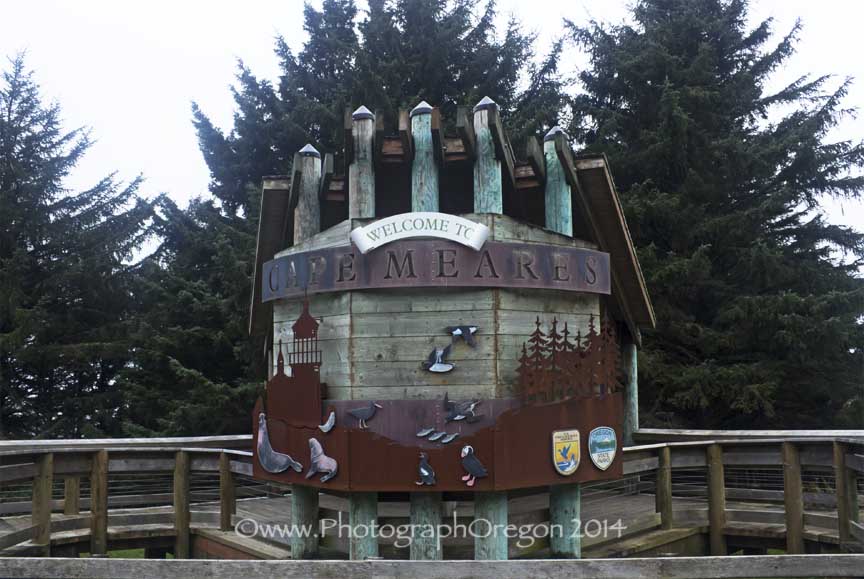
The Cape Meares Lighthouse is now part of Cape Meares State Scenic Viewpoint and is interpreted by Friends of Cape Meares Lighthouse.
Head Keepers:
Anthony W. Miller (1889 – 1891)
George Hunt (1892 – 1903)
Augusta Hunt (1903)
Harry D. Mahler (1903 – 1907)
George H. Higgins (1907 – 1909)
Thomas (William) P. Ford (1909 – at least 1915)
Mortimer Galvin (at least 1919 - at least 1921)
Gust Jensen (at least 1930)
Charles Miller (1932 - )
Charles F. Walters (at least 1940)
Directions:
Out of Oceanside, take the Cape Meares Loop north and follow the signs to Lighthouse Rd.
If coming south take the Cape Meares Loop off Bay Ocean Rd and follow the signs to Lighthouse Rd.
Yaquina Head Lighthouse
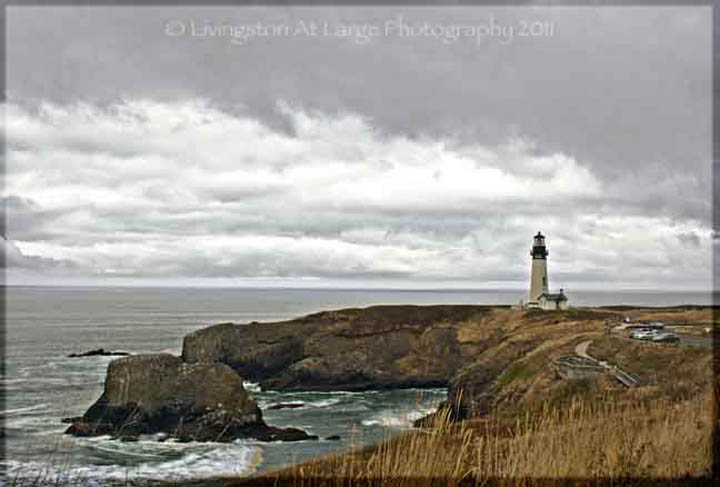
Located between Lincoln City and Newport on the Yaquina Head, this icon of Oregon lighthouses has also been known as the Cape Foulweather Lighthouse
History
Built by the Army Corps of Engineers, the Yaquina Head Lighthouse was first lit on August 20, 1873.
The tower is 93 feet high, the highest of the Oregon Lighthouses. The light can be seen 19 miles out to sea. The lighthouse has been used in several movies.
This lighthouse can be photographed from the north at several points heading south on Hwy 101 and from the south after you enter the park.
When the tide is low there is also a tide pool viewing area to get some great images of starfish and the like.
The beach below Yaquina Head is a black rock beach. The rocks are pretty good size (baseball and smaller). When the tide moves in and out the rocks rattle and make this great sound. I missed the tide low enough to see the starfish, but I did get to hear the rocks rattle and it was fantastic!
There is also a pelican colony within good view of a 300MM or higher lens.
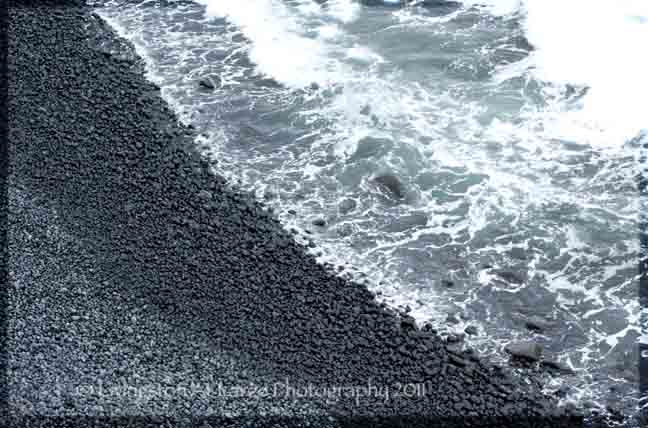
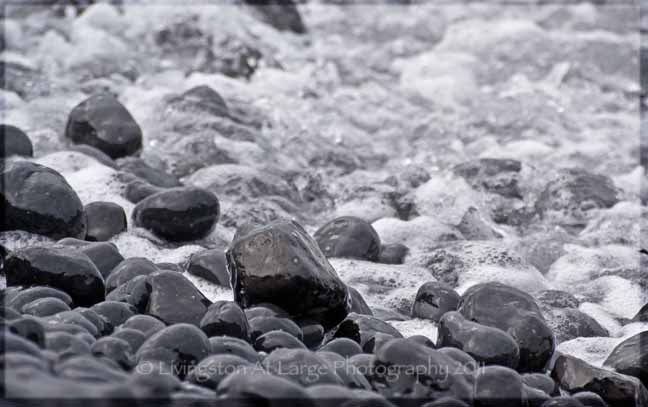
Yaquina Bay Lighthouse
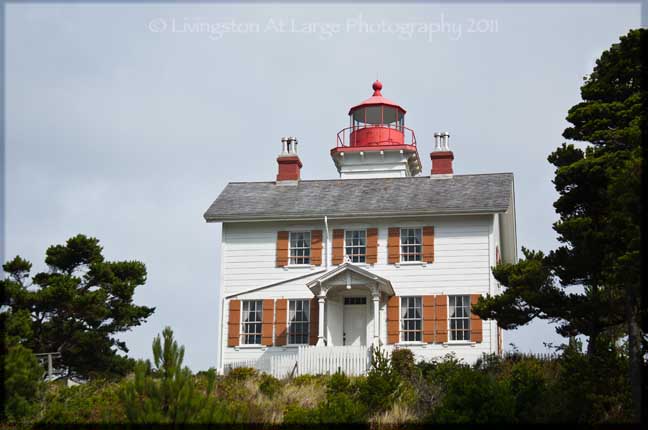
Built by Ben Simpson, the Yaquina Bay Lighthouse was first lit on November 3, 1871.
This lighthouse building is the only now existing of the Oregon Lighthouses where the living quarters are in the same building as the light. It is supposedly the only haunted of the Oregon lighthouses. (I doubt that. If I lived in a lighthouse I would hang around.)
It fell into disrepair and was scheduled several times for demolition in 1946 and 1951 but was saved by local historians.
The light was re-lit December 7, 1996 and belongs to the Oregon Parks and Recreation Department.
The public is allowed inside.
Haceta Head Lighthouse

The Haceta Head Lighthouse is right between Yachats and Florence.
It is one of the most popular of the Oregon lighthouses to photograph and it is best photographed from the turn out just before the Sea Lion Caves. NOT from the park itself. I did however, find some fun stuff to photograph from the park before I went to the turn out.
I was lucky enough to be standing there on a gray day when the sun broke through for just a minute with some streaming rays, lit the lighthouse and vanished back into the clouds.
Haceta Head Lighthouse was built in 1894 and is 56 ft tall. It has the strongest light on the Oregon coast as it can be seen for 21 miles out to sea.
Standing in the viewpoint parking lot you can also see and hear the Sea Lions in the cave.
I have also found that the beach below offers some really nice starry night photography.
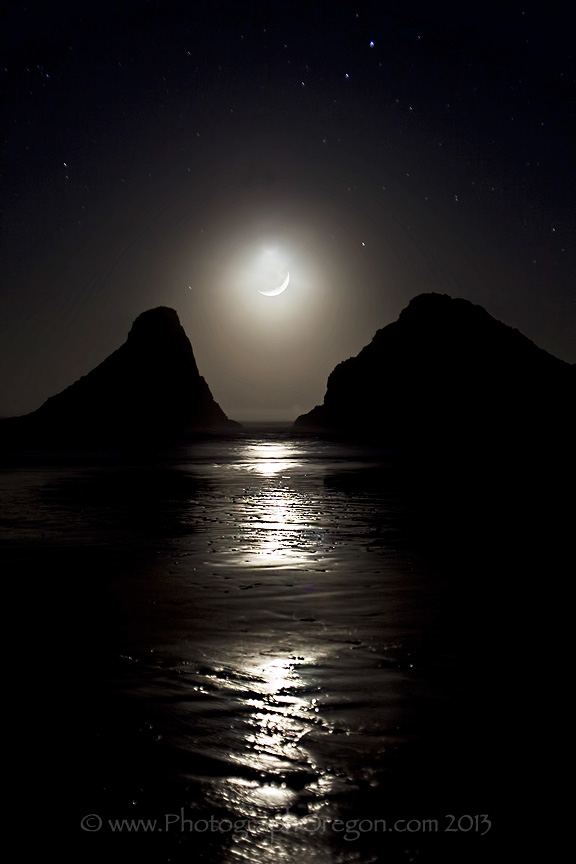
This image was taken with my old FD lens!
Coquille River Lighthouse
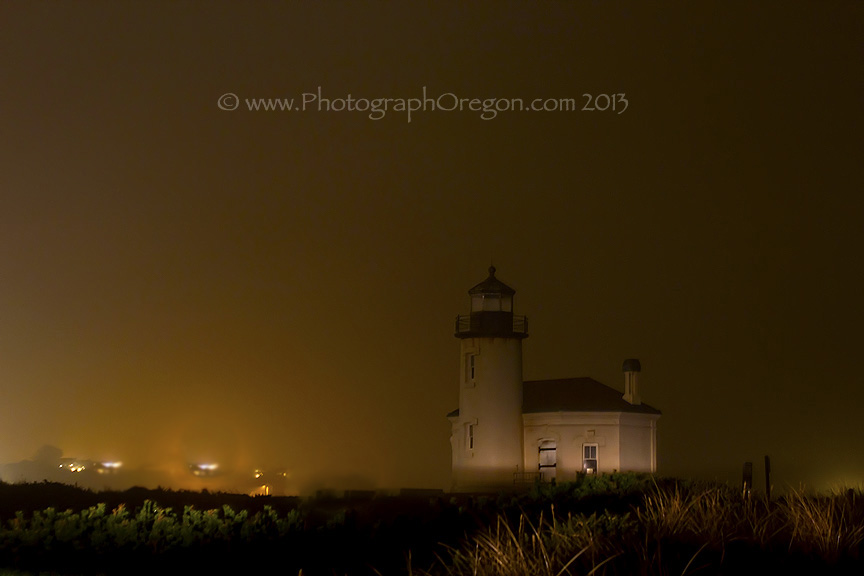
We only got to this lovely of the Oregon Lighthouses in the dark so had to try some long exposure night shooting, which I think turned out kind of wonderful.
History
The Coquille River empties into the Pacific Ocean next to the town of Bandon.
In 1880, Congress passed a bill funding the construction of a jetty on the south side of the river’s entrance to accommodate the ships entering the river heading up to the rich timberlands. The jetty cleared a large sand bar that ships would get stuck on resulting a much larger number of ships entering the river at this point.
The next step in safety was to ask for a lighthouse at the entrance to Coquille River. In 1890 the Lighthouse Board requested funds for it.
On March 3, 1891 Congress appropriated $50,000 for the project, and four years later plans were finalized, land was purchased and construction began.
This lighthouse design was unique. It had a cylindrical tower attached to the east side of a long octagonal room, where the fog signal equipment was housed and had a large trumpet protruding from its western wall.
650 feet away from the light was the keepers residence which was a duplex. Each side had three bedrooms, a kitchen, dinning room, sitting room, and a 15,000-gallon brick water cistern.
150 feet beyond the dwelling was the barn.
During the first part of 1896 The Haceta Head keeper, James F. Barker and his assistant were transferred up to Coquille River Lighthouse.
The fourth-order Fresnel lens first showed it's light from the tower on February 29, 1896.
A snowstorm arriving the next day, required first use of the fog signal.
In 1907, oil engines
powering a compressed-air plant replaced the steam plant originally
used to power the fog signal.
Coast Guard took over the Coquille River Lighthouse In 1939 and decided it was no longer needed. Like many of the lighthouses it was replaced by an automated beacon that was placed at the end of the south jetty, the dwelling was torn down, and the lighthouse was abandoned.
In 1963 Bullards Beach State Park was created on the north side of the river. The grounds of the eleven-acre light station were included in the park, and the park became responsible for the lighthouse.
Like many Oregon icons, time and vandalism had taken it's toll while it sat abandoned for those 24 years.
Being too large of a project for the the park system to handle alone, a joint restoration effort involving Oregon State Parks and the Army Corps of Engineers was launched in 1976.
Repairs were made to the lighthouse's roof, bricks were replaced, and the structure received a sprucing up with a fresh coat of paint before it was opened for public viewing.
In 1991 for the Bandon centennial celebration a solar-powered light was installed in the tower. At Christmas the lighthouse is decorated and lighted.
In the summer 2007 a $600,000 restoration was done to repair damage done over the years by winter storms that leave debris on the beach that had eaten away at the foundation.
Damaged stucco was removed, the roof was replace, a false chimney was added, copper flashing was repaired and again it was given a new paint job. There was some controversy over the new colors, which are argued as possibly historically accurate as they were found in some of the old stucco but some people were unhappy as traditionally the lighthouses were white.
Head Keepers:
James Frank Barker (1896 – 1898),
Edward Durgan (1898 – 1899),
Adam J. Hartman (1899 – 1906),
Oscar Wiren (1906 – 1921),
Oscar R. Langlois (1921 – 1939).
You can read more about this lighthouse at
Umpqua River Lighthouse
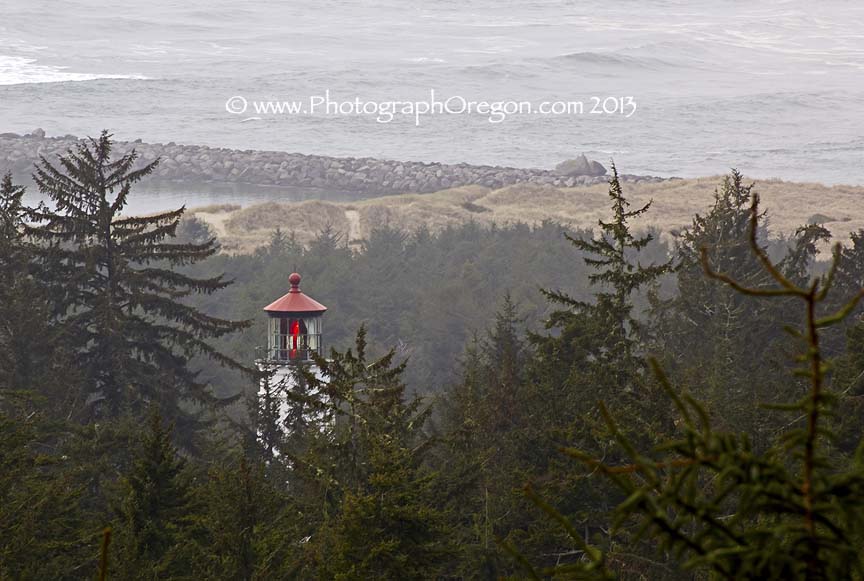
Last on our list (so far) of Oregon Lighthouses, Umpqua River.
I find this lighthouse particularly interesting. From the viewpoint it looks very much like someone stuck a lighthouse out in a forest far from shore.
Like many of the Oregon lighthouses, it is now more of an historical item as the beacon up on the hillside behind it does the actual warnings.
History
The 65-foot tower of the Umpqua River Lighthouse is situated on a hill 100 feet above the sea at the entrance to Winchester Bay and at the mouth of the Umpqua River.
It is surrounded by US Coast Guard buildings and there is a Museum.
In 1857 there was an earlier light structure, the first on the Oregon Coast, on the south side of the river. It fell into the water seven years later during a storm after water eroded away the sand beneath it.
The current standing lighthouse started construction in 1890 and was first lit in 1894.
It is the sister lighthouse to Heceta Head Lighthouse. Both lighthouses were built from the same plans.
The Umpqua Light is a first order Fresnel lens, handcrafted in France, made of 616 glass prisms and weighs two tons.
Originally the lens assembly was turned by a clockwork mechanism powered by a large weight which the lightkeeper had to wind up every four hours.
Currently that task is handled by an electric motor and monitored by sophisticated equipment. The Coast Guard station is alerted if a malfunction occurs.
A high powered 1,000 watt electric bulb has replaced the original oil lamp. There is a spare replacement bulb mounted on a panel, should the first one burn out the spare is automatically moved into place.
The future of the lighthouse was came in to jeopardy in November of 1983. The Coast Guard installed an airport beacon on the tower and made plans to remove the original lens after the old chariot wheel mechanism that rotated the light broke down.
There was a magnificent storm of protest until the Coast Guard gave in and repaired the rotating apparatus.
Oregon Lighthouse Fever Do You Have it?
Some of us are just plain feverish about these lights and their houses. You know who you are (and so do I :)
Please share your photos! (and your website URL if you like.)
What Other Visitors Have Said
Click below to see contributions from other visitors to this page...
Lighthouses on the South Oregon Coast 




I love the lighthouses near my little town of Reedsport on the South Oregon coast! I have photographed Heceta Head Lighthouse (even during restoration) …
More great info on Oregon Lighthouses From NWcoast.com
